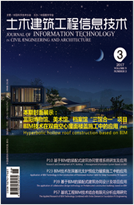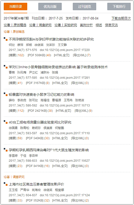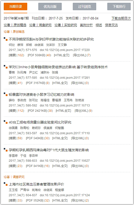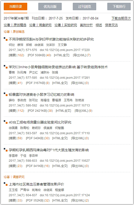Abstract:
To investigate the seismic behavior of innovative precast self-insulation reinforced concrete shear walls under different axial compression ratios, the authors conducted reversed cyclic loading test through designing and manufacturing 4 groups of 12 RC shear wall specimens, which are all ingle-shaped shear walls with the same reinforcement, and with hidden columns at both ends. All specimens include one group of solid cast-in-situ shear wall specimens for contrast, one group of post-filled hollow precast shear wall specimens, and two group of innovative precast self-insulation precast RC shear wall specimens. A refined finite element analysis model of self-insulating concrete shear wall is established by using ABAQUS finite element software. Results indicate that the self-insulation precast shear walls perform equally well in averaged yielding load and peak load in comparison with the precast solid shear walls under the three design axial compression ratios. While the ductility ratios and accumulated dissipated energy of precast self-insulation shear walls are lower than those of precast solid shear walls, the stiffness degradation curves of the two kinds of shear walls are smilar with each other. When the horizontal displacement at the top of shear walls is within ±20 mm, the energy dissipation ratios of the two kinds of shear walls are similar under the three designed axial compression ratios, but when the horizontal displacement is over ±20 mm, the energy dissipation ratio of the precast self-insulation shear walls will be somehow higher than that of solid shear walls. The error between the numerical simulation results and the test results of the peak load test of the self-insulation precast shear wall specimens are within 5%, which satisfies the engineering accuracy.










 下载:
下载: